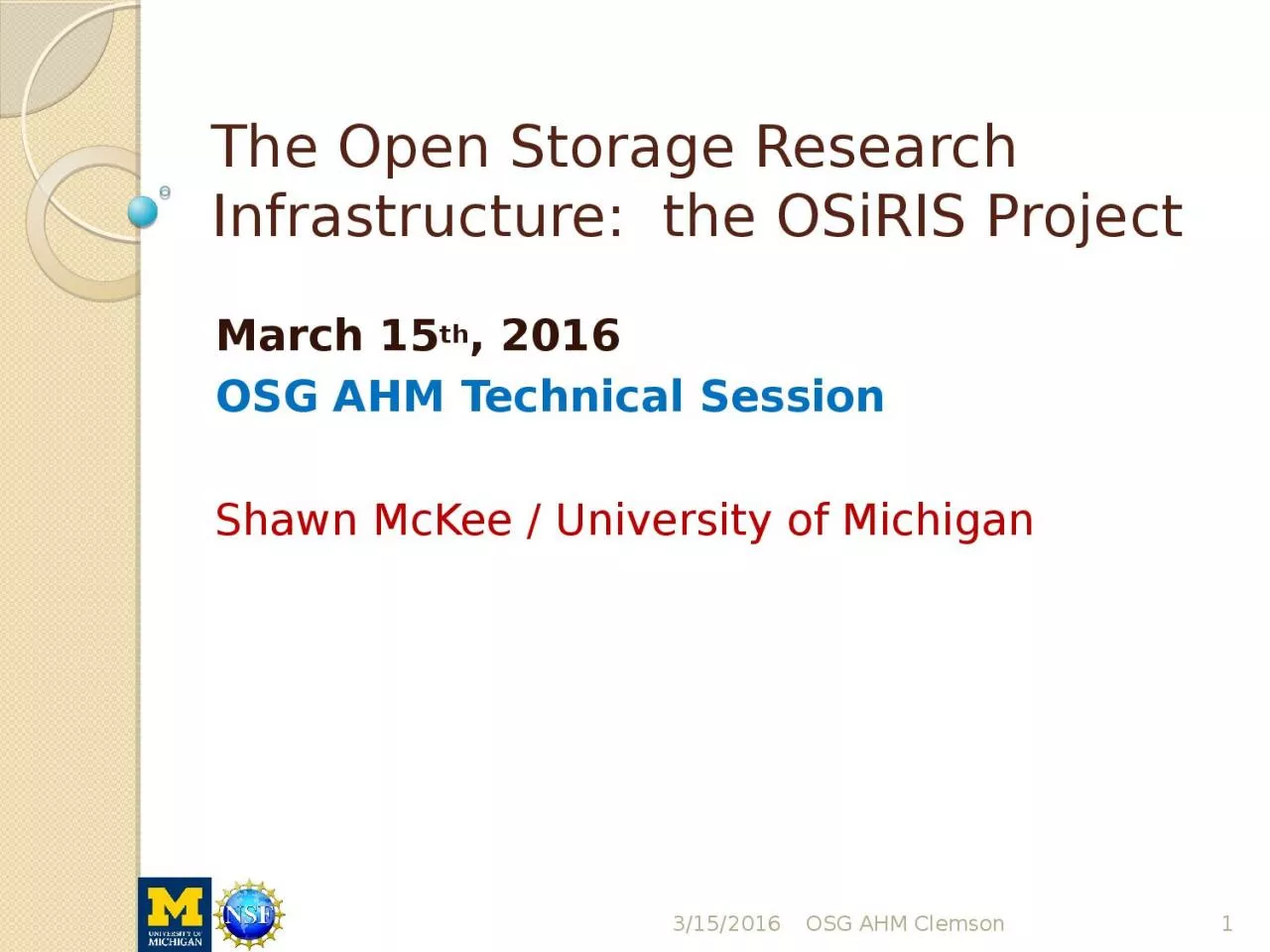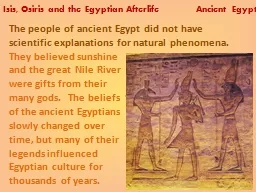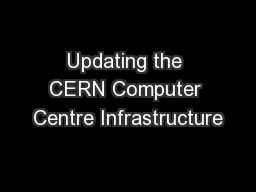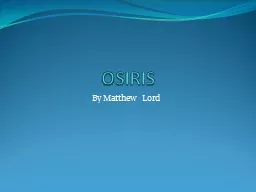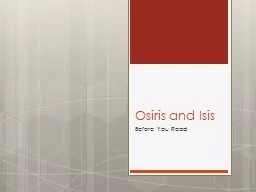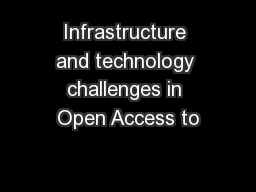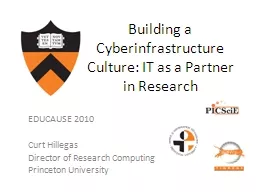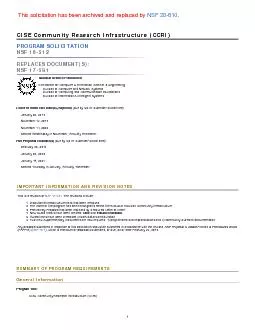PPT-The Open Storage Research Infrastructure: the OSiRIS Project
Author : SunshineFlower | Published Date : 2022-07-28
March 15 th 2016 OSG AHM Technical Session Shawn McKee University of Michigan 3152016 OSG AHM Clemson 1 Overview of this Presentation Yesterday in th e USATLAS
Presentation Embed Code
Download Presentation
Download Presentation The PPT/PDF document "The Open Storage Research Infrastructure..." is the property of its rightful owner. Permission is granted to download and print the materials on this website for personal, non-commercial use only, and to display it on your personal computer provided you do not modify the materials and that you retain all copyright notices contained in the materials. By downloading content from our website, you accept the terms of this agreement.
The Open Storage Research Infrastructure: the OSiRIS Project: Transcript
Download Rules Of Document
"The Open Storage Research Infrastructure: the OSiRIS Project"The content belongs to its owner. You may download and print it for personal use, without modification, and keep all copyright notices. By downloading, you agree to these terms.
Related Documents

